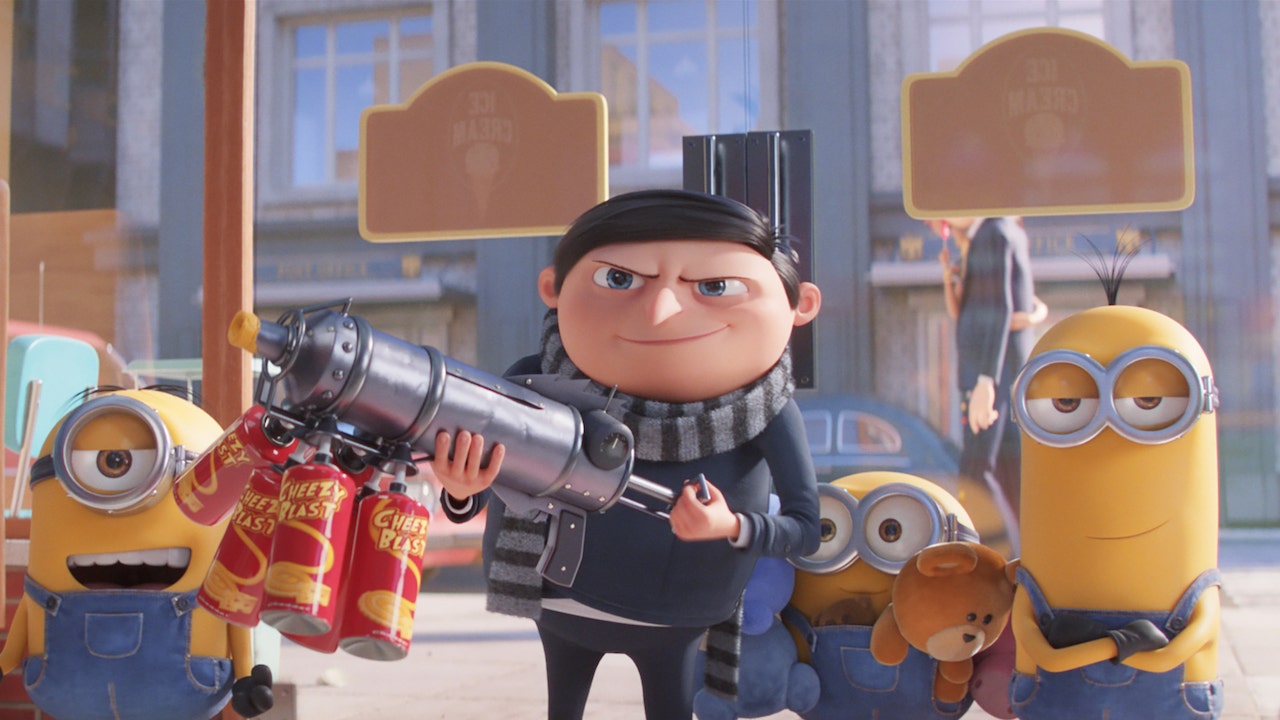Todorov's Narrative Structure Theory

Tzvetan Todorov, known as Todorov, created a theory (1960) regarding how most stories from films, books and other media texts are narrated. In this theory Todorov has divided film narratives into 5 different chronologically ordered stages:
- Equilibrium: The 'Normal'. Shows the character's normal and balanced daily life/routine.
- Disruption: An interruption of the balance by an event.
- Recognition of disruption: A recognition that the interruption was occurring by the character.
- Attempt to repair: An attempt at repairing the damage caused by the disruption.
- New Equilibrium: When the equilibrium/balance has been restored.
Case Study - Minions: The Rise of Gru (2022)
SPOILER ALERT!!
Gru lived his life in an equilibrium of living with his mom and his minion friends, going to school and dreaming of becoming a villain. This has became a routine for Gru.
The disruption occurs when a group of villains called the 'Vicious 6', who Gru idolizes, contacted him to let him know that he has been invited to an interview to find a good recruit to replace their former member and leader, 'Wild Knuckles', who they betrayed. Unfortunately, Gru was made fun of during in the interview for being a child by the 5 'Vicious 6' members.
The recognition of the disruption is shown when Gru realized that the Vicious 6 was offending him and he decided to steal the Zodiac Stone away from them to show that they made the wrong choice to underestimate him.
The attempt to repair takes place when Gru teamed up with Wild Knuckles to defeat the 5 'Vicious 6' members and got them arrested by the Anti Villain League (AVL).
Gru then continued living his life, now training to be a better villain and partnering with 'Wild Knuckles' as villains. This is the new equilibrium.
All media texts has meaning that the producers made to show the audiences. For example, in this movie, the producers wanted to convey that it is bad to quickly judge a book by its cover like how the Vicious 6 underestimated Gru without seeing what he could do.
Great case study. nice details
ReplyDelete